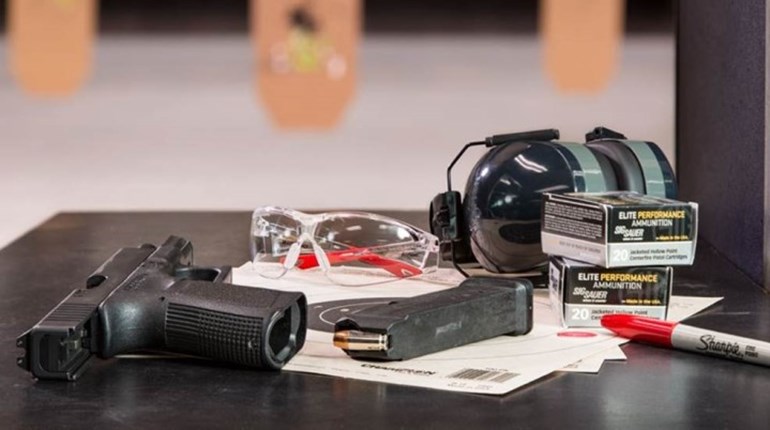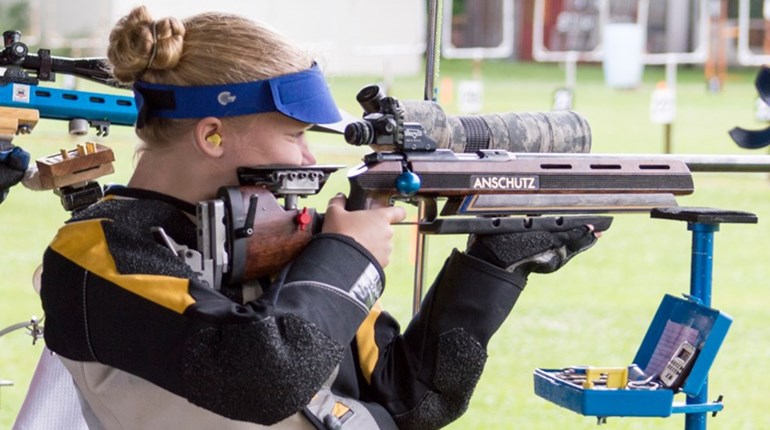
Steel, the iron-and-carbon alloy strong enough to relegate cast iron to backseat status, was first created nearly 2,000 years ago. Since the beginning trace amounts of other chemicals have been added to the mix, an engineering alchemy of sorts, tailoring the finished product to perform in specific applications.
Add at least 10.5 percent chromium and it becomes stainless steel. With some manganese, molybdenum, nickel, chromium, vanadium, silicone or other elements—usually coupled with heat treating—the finished product’s properties change significantly, a versatility we rely on to this day. Gold was never really the goal, but there’s no denying the metallurgic pioneers struck figurative pay dirt.
The final products are all “steel” of one flavor or another, but the vastly different properties forced the Society of Automotive Engineers to concoct an alphanumerical shorthand to accurately label each mix. The grades of interest to shooters fall in the 500 series—heat-resistant chromium stainless steel rugged enough to survive the rigors of mining and heavy manufacturing—and the slightly softer, chromium-nickel 300 family. The “AR” prefix stands for abrasion resistant.
Reactive steel targets are commonplace at many ranges, and prices have dropped to the point that any shooter can own one—or a few. They’re good old-fashioned fun, and we asked a pair of experts for advice on their care, feeding and making the right selection.
“If you’re shooting high-velocity ammo—at or above 3,000 fps at impact—an AR500 steel of 3/8-inch thickness would be a minimum plate needed (at 100 yards) to maintain the plate integrity, i.e. keep it from deforming on impact,” explained John Woller Jr., president of Viking Solutions.
“The steel shooters should insist on something with a Brinell [hardness] rating of 495 or better,” Travis Gibson, vice president at MGM Targets and professional shooter replied. “If you ask a steel supplier about it and they don’t know what you’re talking about, keep shopping. Just because it’s ‘AR500’ doesn’t mean it’s high-quality steel.”
For handguns enthusiasts, “….we use AR360 on our pistol targets since pistol velocities of most standard calibers are much lower than centerfire rifles,” Woller Jr. explained. Gibson, an avid 3-gun shooter cautions, “…personally, I do enough shooting of handguns, carbines and long-range-type rifles, I wouldn’t want to take a chance messing it up. Rifle-grade targets can be shot with pistols, but pistol-grade targets can’t be shot with rifles.”
Armor-piercing ammo should never be used on steel targets, according to Woller Jr. “We always recommend that you follow the safe shooting rules set forth by NRA/NSSF,” he adds. “Also, with the exception of extremely long-range shooting (greater than 300 yards), a steel plate should be mounted on flexible hangers—hooks, chains, rubber straps, etc.—to absorb and direct bullet energy downward, greatly reducing any chance of a ricochet.” Gibson concurs, cautioning “Wear eye and ear pro all the time.”
Steel’s appeal was explained by Eliza Graves, manager for Champion, when her company introduced new line of reactive targets two years ago. “Interactivity is the name of the game when it comes to the range today. Shooters want to have fun and improve their skills with immediate feedback.”






































